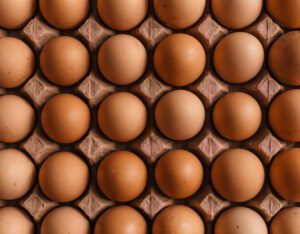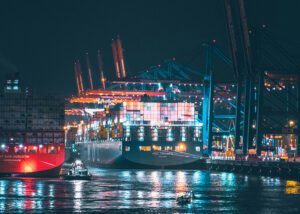Extreme weather fueled by climate change has China’s agriculture in shambles after the country saw the heaviest rainfall this summer, which flooded fields and destroyed crops.
Though China has long been battling food insecurity, fears of potential famine arose again during the COVID-19 pandemic, sparking unrest across the nation.
According to recent studies, extreme rainfall has been the leading cause of the declining crop yield in China in the past twenty years, in addition to extended heatwaves, droughts, and greenhouse gas emissions.
“Global warming has made China the focal point of natural disasters, such as floods and droughts, limiting the country’s farm production. Another impending issue facing the Xi administration is the availability of land resources. Despite its colossal size of 9.6 million square kilometers, China has only 13% of arable land,” S&P Global reports, citing World Bank data.
In addition to crops, in 2019 Beijing was forced to import pork from the United States at higher prices after the African swine flu wiped out nearly 60% of pigs in China the year before.
To combat these challenges the Chinese government has set forth a plan to expand farmlands as well as develop new technology in order to raise crop yields, S&P Global reports.
Expanding farmlands is an essential move for China to become more self-sufficient – as the most populous country in the world has less than 10% of the global arable land.














